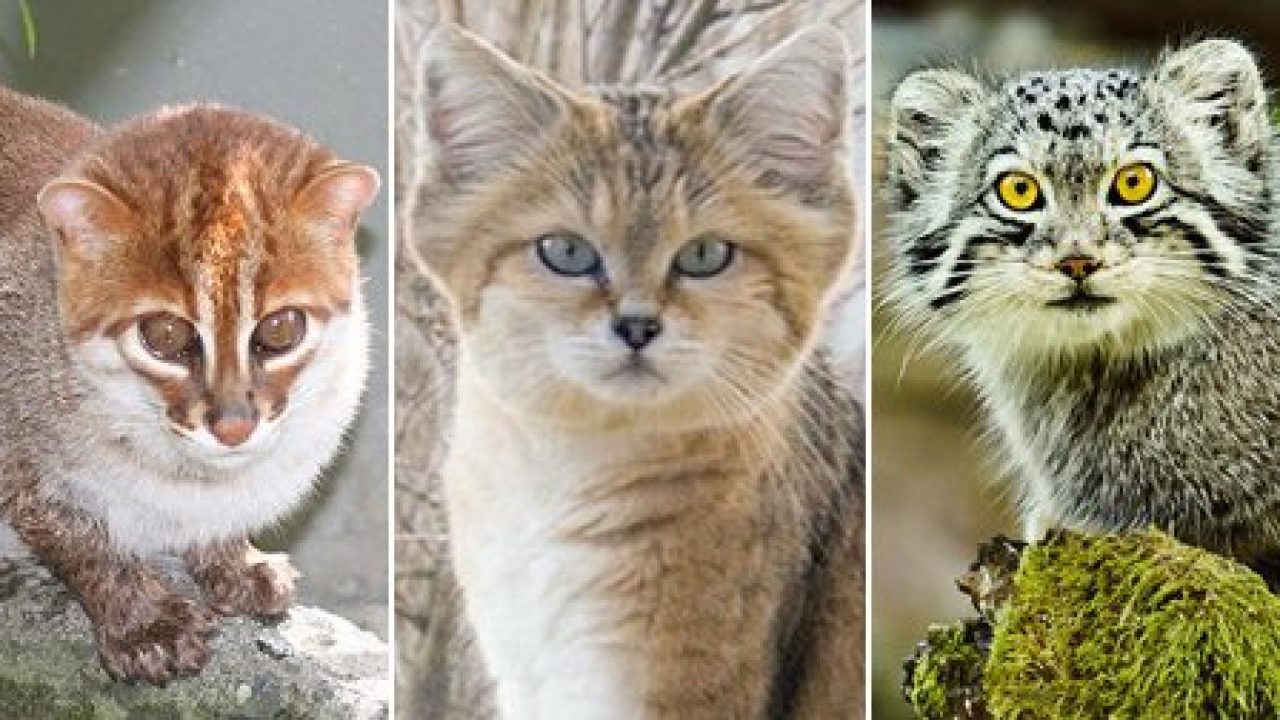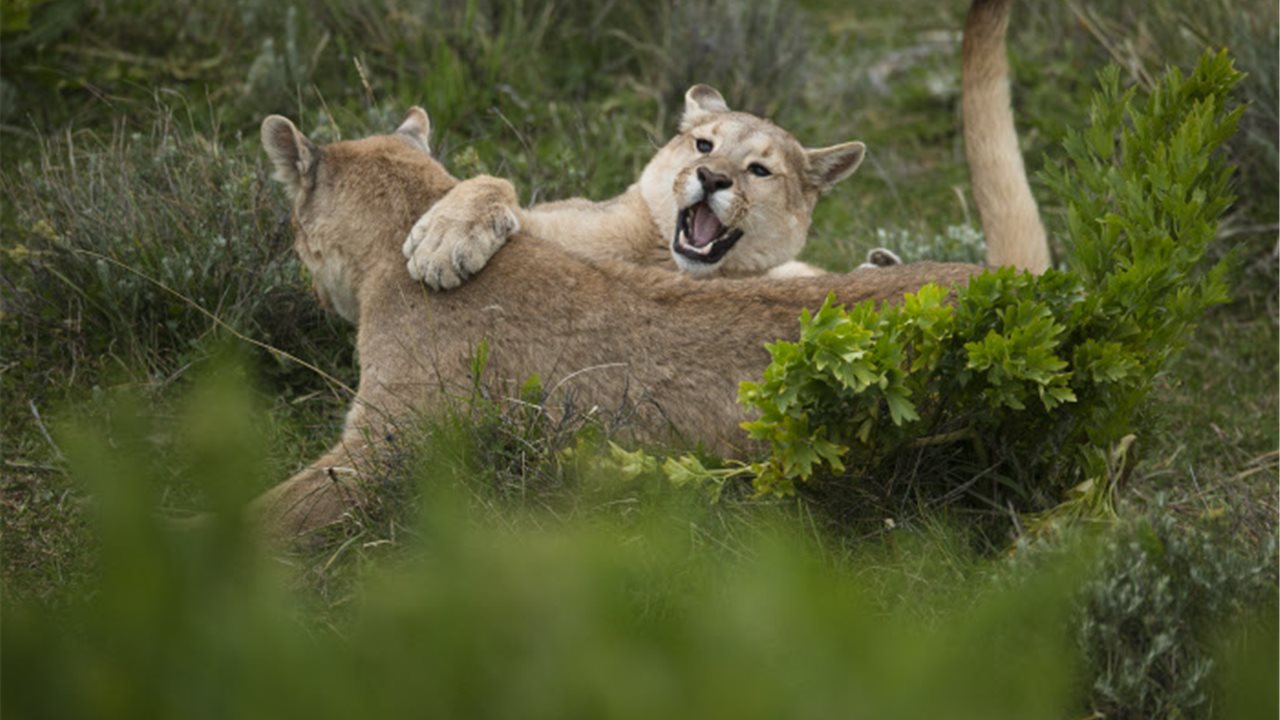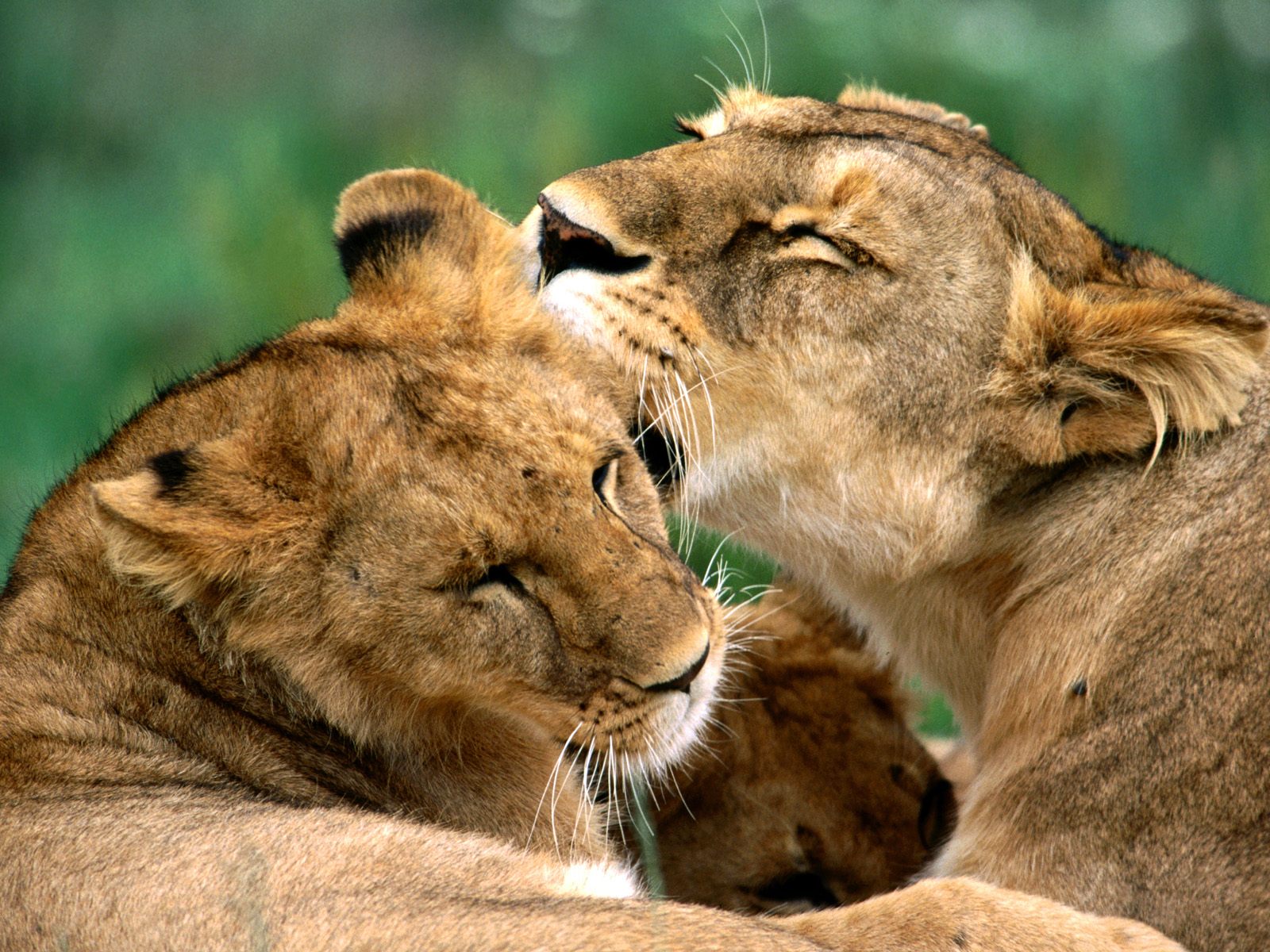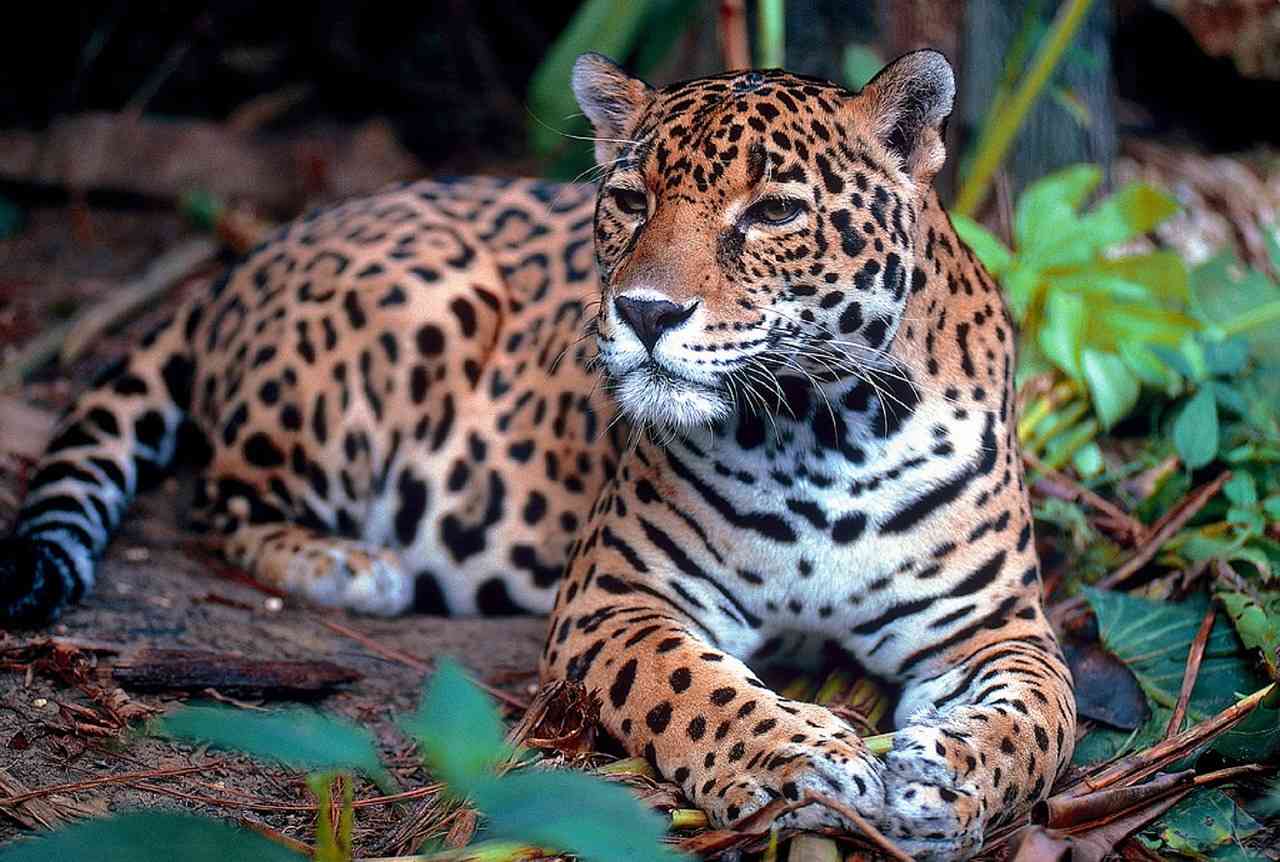
Good eyesight and developed hearing make feline animals be a kind of agile fighter, but most importantly, very cunning. There are currently approximately 40 species of diversity, somewhere between large animals and other animals considered domesticated. Studies have shown that they originated in the Oligocene period, evolved from the myacid family of mammals in the Paleocene and Eocene periods, existed for approximately 32 million years. These animals have very interesting characteristics to study.
Therefore, we are going to dedicate this article to tell you everything you need to know about feline animals, their characteristics and way of life.
Types of feline animals

Many feline specimens moved to Europe and Asia. At the end of the Miocene there were already a large number of feline specimens, including the so-called saber teeth. The smallest could first migrate through Africa and America.
A common aspect of all feline animals is their predatory instinct. It is almost impossible for feline animals to be attracted to dead prey. They like to chase their food until they manage to grab their necks and kill them with precision.
The various types of feline animals differ from pets and those that live on large areas of land, such as lions and tigers. They come from different races and have their own characteristics. Let's see what are the main elemental groups of feline animals:
- Felis: includes lynx, wild cat, domestic cat, carnivore, serval and wild cat in general. Its size can vary from small to medium.
- neofelis: The undisputed leader of this group is the clouded panther, which is related to cats, although it is larger.
- Acinoyx: All species of cheetahs are grouped in this line.
- PantheraJaguars, lions, tigers and leopards fall into this category.
- Puma: Only pumas and so-called "red cats" fall into this category.
Members of the genus Panthera are the largest cats in the world. Their strong bodies, sharp teeth, and powerful claws allow them to feed on large animals such as deer, wild boar, and even crocodiles. The latter is very famous for his fight with the largest feline tiger in the world. It is the largest feline in the world, weighing up to 300 kg.
Almost all big cats live in Africa and South Asia, they inhabit the savannah or the jungle. The only exception is the jaguar. With the exception of the snow leopard that lives in remote mountainous areas of Central Asia, all the animals are well known. This is due to its special white color, which allows it to disguise yourself in the snow.
Key features

The head of feline animals is round and their short muzzle ends with a strong chin. Their incisors and molars are usually small for a reason: Their powerful canines need space because they are the most used canines to complete their hold. Felines have the ability to retract their legs at will, which prevents them from wearing out during travel. However, not everyone can do it. The only feline that does not have this characteristic is the cheetah, which uses its legs to climb trees and rest.
The type of hair depends on the species and its habitat. Typically the tiger lives in large, dry, overgrown grasslands, so its familiar orange color makes it easy to hide and accidentally catch unsuspecting prey. On the other hand, jaguars are ideal night hunters because their black color can be used as camouflage.
The weight and size of felines can vary greatly. Some can be up to three and a half meters long or weigh up to 280 kilograms. The smallest are domestic cats.
Due to their keen senses they are excellent hunters. Over the years, their visual and auditory development has enabled them to spot difficult prey. Your speed is also important. Thanks to her, They can also catch food quickly, along with sharp claws and strong jaws. A strange fact is that only lionesses hunt in groups, because then they can ambush their prey to catch it.
Reproduction and habitat of feline animals

Males and females don't stay together for long. Mating is enough. Like other animals, male cats are larger than females and, in both cases, reach sexual maturity in about five years. Specifically, Lions are very active in sexual life, so they mate with females several times a day during this period.
These animals have spread throughout the world, although they are more likely to appear in places with abundant vegetation and easy access to food. They can also live well in the desert. The only places without natural habitat for felines are Madagascar, Australia and Antarctica.
These animals are typical animals in some areas, while in other spaces, they are introduced into a controlled environment called a protected area. Black panthers are more likely to live in Central American territories, while lions live primarily in Africa.
They are very territorial animals, even specimens of the same species. In fact, they do not usually live in dense populations, except for lions, which prefer to group with up to 30 members.
These feline animals are one of the animals that humans kill the most in hunting. These will attack a human not to consider him prey, but to move him away from their space. Panthers, lynxes and jaguars are currently in danger of extinction due to massive human hunting.
Domestic cats
There is only one domestic cat, the famous domestic cat (Patas), in front of the many kinds of wild cats that inhabit different parts of the earth. Domestic cats are one of the most famous examples of animals domesticated by human beings throughout history, either by their company, or by some kind of help and / or benefit. As for domestic cats, they are considered companion animals, sometimes considered mythological figures, and have important references in cultures such as Asia, Egypt and Greece.
They follow a carnivorous diet, except for the occasional omnivorous diet, they are great hunters of small animals, with great agility and the ability to see in the dark.